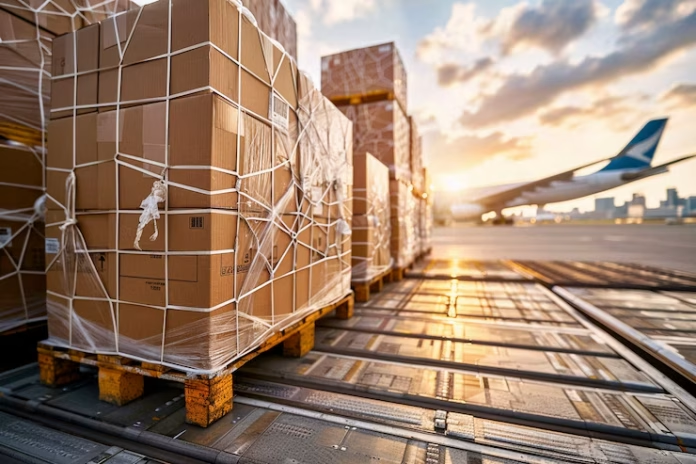In an era of ever-increasing demand for faster shipping and streamlined supply chains, the logistics industry faces mounting challenges. One of the most critical is freight bottlenecks — the choke points in our distribution networks that delay shipments, raise operational costs, and reduce customer satisfaction. These bottlenecks stem from a combination of internal inefficiencies, labor shortages, aging infrastructure, and unpredictable external conditions. To maintain delivery reliability and competitiveness, logistics managers must develop proactive strategies for identifying and overcoming these obstacles.
While congestion on highways remains a visible source of delay, the deeper issue lies in the shortage of available drivers. The trucking industry is currently grappling with a generational gap; many seasoned drivers are retiring, and not enough new drivers are stepping in to replace them. This gap translates to more unassigned loads and missed delivery deadlines. For companies trying to secure consistent freight movement, the ability to quickly find a trucker job candidate who’s qualified, certified, and available is essential. Digital platforms that match carriers with drivers in real time have emerged as a lifeline in this regard, helping businesses mitigate delays and stay on schedule.
But labor is only part of the equation. Many warehouses still struggle with legacy systems that lack synchronization with modern logistics software. When loading docks are poorly scheduled, trucks wait. When inventory isn’t properly organized, shipments are delayed. Solutions such as cloud-based warehouse management systems (WMS), autonomous pallet movers, and predictive analytics are helping businesses gain better visibility and improve throughput.
Technology also plays a pivotal role in route optimization. AI-powered software that factors in real-time traffic, weather, and road conditions can drastically reduce delays. Coupled with GPS-based tracking, it ensures fleet managers can monitor loads and make on-the-fly adjustments if a disruption arises. Integration of these tools not only saves time but significantly reduces fuel costs and idle hours.
Further compounding the issue are external disruptors — from climate events to fuel price volatility and geopolitical instability. Though such events are difficult to prevent, supply chain leaders who build contingency plans and diversify their routing strategies are better equipped to maintain delivery integrity.
Ultimately, combating freight bottlenecks requires a holistic approach. This includes improving internal workflows, embracing digital transformation, and forging stronger partnerships across the supply chain. It also means investing in human capital — ensuring that skilled drivers are always available when needed. Companies that move decisively on these fronts will be the ones that stay resilient, responsive, and reliable.


